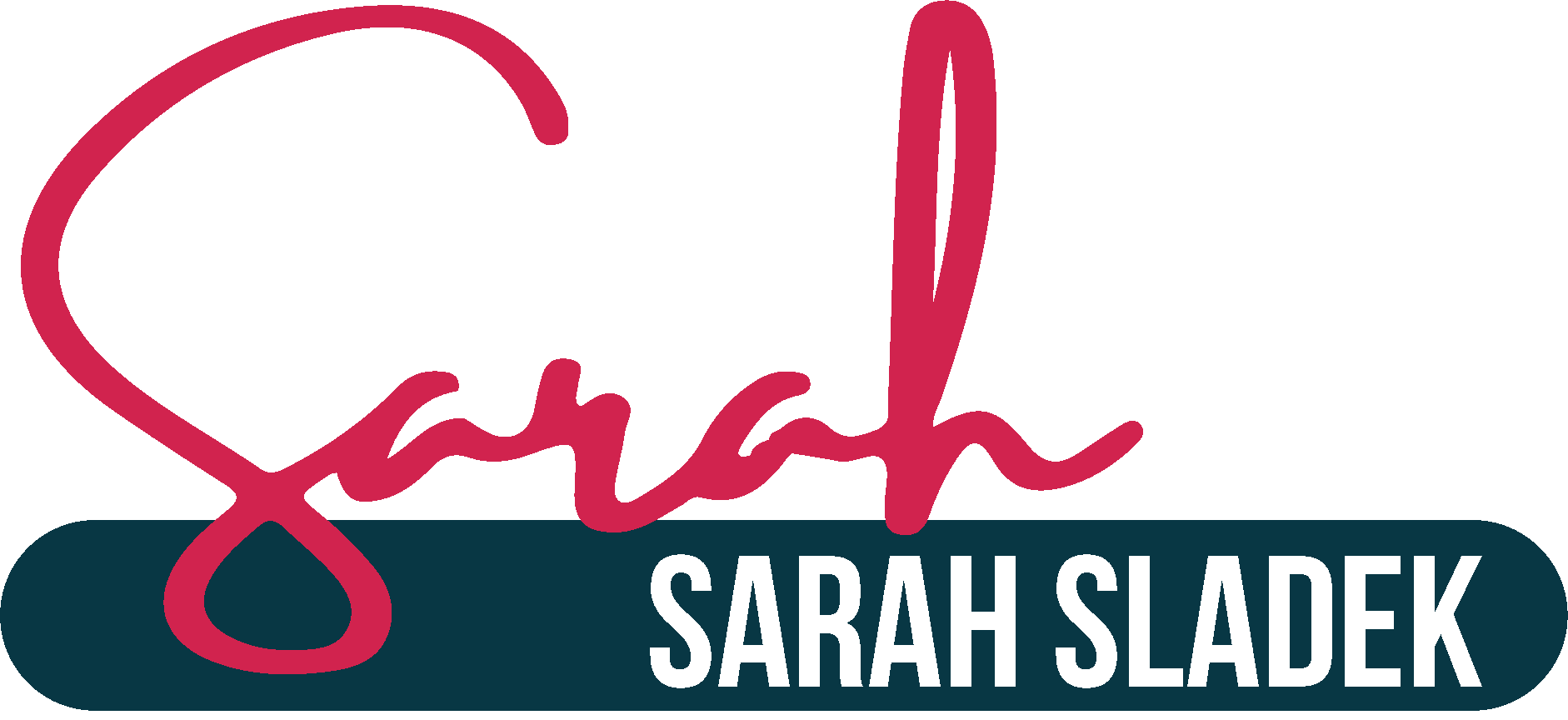Our company is celebrating twenty years in business this month! Over the past two decades, we have had the opportunity to work with scores of membership organizations, and we are so grateful to play a role in their growth. When we launched our company, our mission was clear: help membership and trade associations engage and prepare for younger generations using the data generated from quantitative and qualitative research. Over the past two decades, I’ve discovered what makes an organization thrive – and struggle to survive.
Regardless of the size or industry, a strong sense of community and belonging is at the forefront of any successful membership association.
I initially began my company because of my negative experience working for a membership association. I was in my twenties, and from the outset, I felt like an outsider. In other words, I didn’t feel like I belonged. The organization didn’t employ many other women, and many of my colleagues were older and resistant to change. As I looked around and took stock of the lack of diversity and innovation, I feared for the future of our company.
However, when I expressed concern or new ideas, I was met with patronizing responses that essentially meant “there’s nothing to worry about here.” Unfortunately, this attitude continues to plague many of the organizations I work with today, but luckily, I’ve discovered the antidote: make your members feel like they belong.
In recent years, “diversity,” “equity,” and “inclusion” have become buzzwords in the universal association lexicon. As a society, you’d think that our values, attitudes, and beliefs would have progressed compared to our ancestors, but as a whole, we still struggle to have an inclusive mindset when it comes to specific demographics. Of course, these ideals should be central to your organization’s mission, but what concerns me is the forgotten fourth buzzword: belonging.
[elementor-template id=”6991″]
There is a key difference between inclusion and belonging, and associations need to take note.
Belonging, by definition, means having ownership and a secure relationship with something. Inclusion, on the other hand, means providing equal access to something. It is possible to be included in a group and still feel like you don’t belong – I know this all too well from my own experience. When your members start to feel this way, membership decline, and disengagement quickly follows.
It’s not enough to make inclusive efforts within your association – you need to be cognizant and intentional about what you are doing to cultivate a sense of belonging. Your membership community should be reflective of the industry or profession you represent, and as such, you should invite diverse demographics to your organization – but that’s only half of the work. The next step is cultivating a sense of belonging – and this can only be accomplished by building authentic relationships.
I often tell organization leaders that in addition to their inclusion practices, they need to adopt a “campfire mindset,” meaning that they need to create a welcoming, safe space for their members to flourish. When you’re sitting around a campfire with others, there’s a collective sense of community, where each person can safely participate, contribute, and enjoy what is taking place.
Unfortunately, many associations fall back on deeply rooted traditions and hierarchies where members’ experience and history with the organization determine whether they have a voice. The campfire mentality is one that all associations should embrace. Regularly give your members the opportunity to contribute and the chance to learn, lead, and make a difference.
Associations are forums for your members to share their challenges, opportunities, and new ideas.
Creating a campfire mindset will create a connection with your members and provide a mechanism where you can provide tools and solutions to the issues your members are navigating, strengthening your value proposition.
[elementor-template id=”7017″]
If member turnover has you feeling like your association has a revolving door, it’s time to make a change. You may need to reevaluate your mission to determine whether your association’s practices foster inclusion and belonging. If you provide your members with the resources and opportunities to take an active role in your organization, I guarantee that your stakeholders will benefit.
Ready to start revamping your organization? Contact us to get started.

